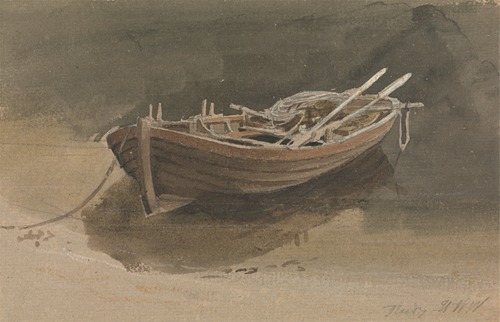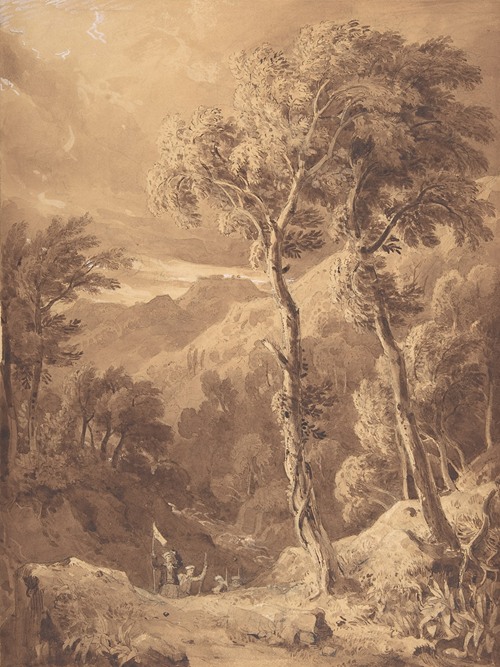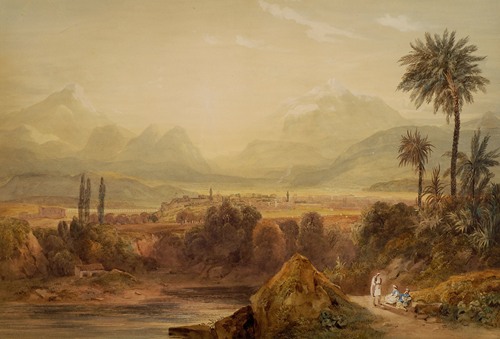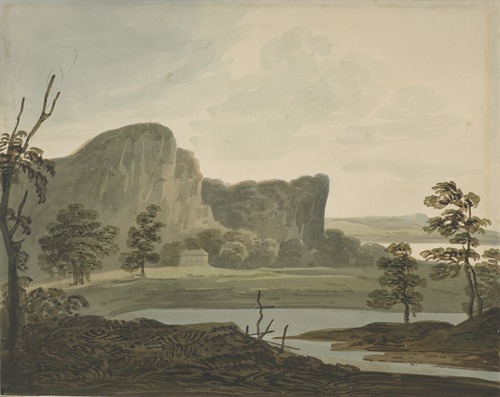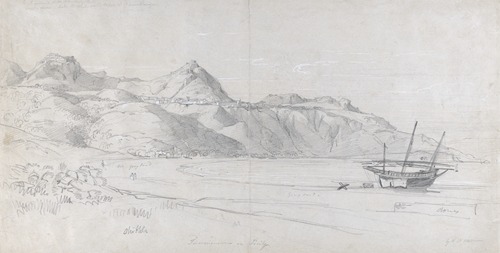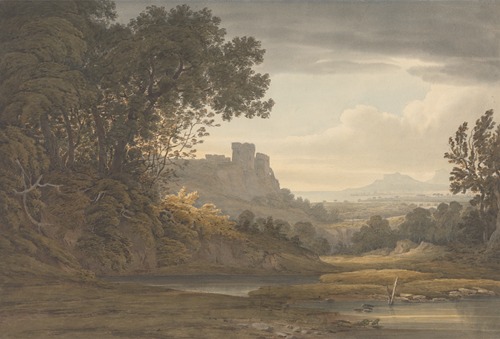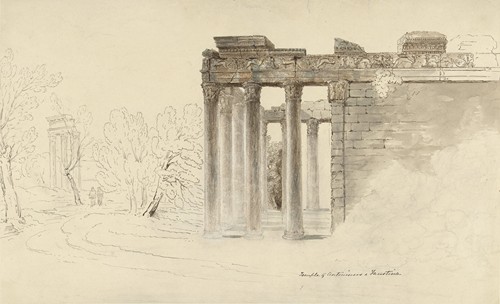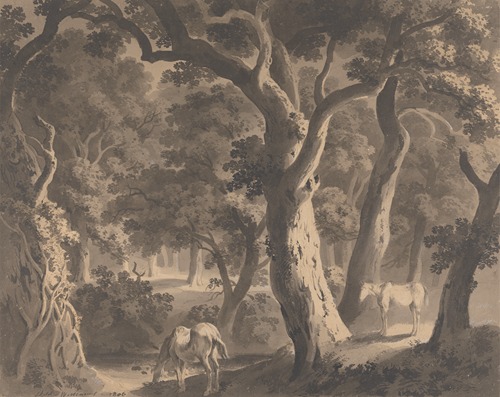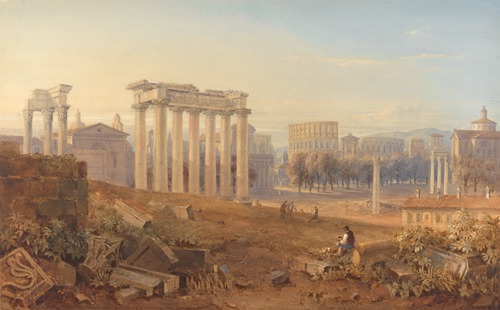
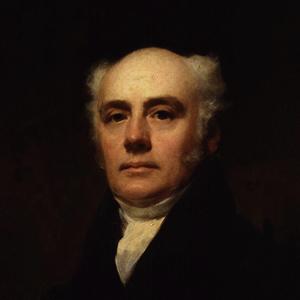
Hugh William Williams FRSE, known as "Grecian Williams," was a Scottish landscape painter.
Williams was born onboard the ship of his father, Captain Williams, whilst en route to the West Indies. His mother, "Miss Lewis", died in 1782, and his father, being unable to care for the nine-year-old Hugh, left him in the care of Louis Ruffini, a textile manufacturer in Dalkeith. Ruffini encouraged Hugh to become a painter. For some years he concentrated on Highland landscapes.
An extended tour in Italy and Greece, from which he returned in 1818, was funded by the then-recently unseated Member of Parliament William Douglas, an amateur artist, who also accompanied him. The tour gave his work its particular character, and earned him the nickname "Grecian Williams". In 1822 Williams held an exhibition of watercolours, based on his tour. It was a critical success, its ruins and famous scenes of Greek history chiming with the taste of the time.
Williams was an original member of the Associated Artists in Watercolour (1808), with Andrew Wilson, which was short-lived; and an associate of the Royal Institution, Edinburgh. Towards the end of his life he took an interest in the proposed amalgamation of the Scottish Academy and the artist associates of the Institution, an arrangement which was completed a month after his death.
He was elected a Fellow of the Royal Society of Edinburgh in 1823 his proposer being Sir David Brewster.
He died at home, 65 Castle Street in Edinburgh's First New Townon 23 June 1829. He is buried in Canongate Kirkyard in the lair of his in-laws, the Millars of Earnock. His wife Robina Millar died in 1874. The grave lies in the eastern extension, adjacent to the link to the main churchyard.
